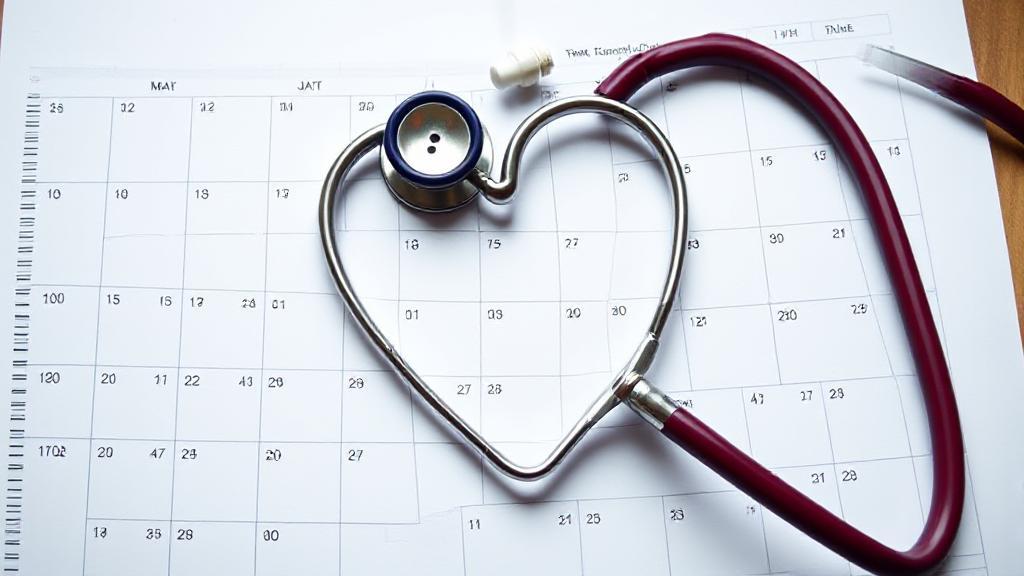Introduction
Becoming a cardiologist is a rewarding yet challenging journey that requires dedication, extensive education, and rigorous training. Cardiologists are specialized doctors who diagnose and treat heart and blood vessel conditions. The path to becoming a cardiologist is one of the longest in medicine, but it offers the opportunity to make a significant impact on patients' lives through the prevention, diagnosis, and treatment of heart disease.
Undergraduate Education (4 years)
The journey begins with a bachelor's degree, typically in pre-medical fields. Common majors include:
- Biology
- Chemistry
- Biochemistry
- Pre-medical studies
During this time, students should focus on:
- Maintaining a high GPA
- Completing prerequisite courses for medical school
- Gaining relevant experience through internships or volunteer work
- Laboratory and research experience
Required prerequisite courses typically include:
- General Biology
- General Chemistry
- Organic Chemistry
- Physics
- Mathematics
- English
Resources:
- American Medical Association: Preparing for Medical School
- Association of American Medical Colleges (AAMC)
Medical School (4 years)
After completing the MCAT (Medical College Admission Test), successful candidates enter medical school, which is divided into two phases:
First Two Years (Pre-clinical Phase)
- Classroom-based instruction
- Laboratory work
- Basic medical sciences
- Anatomy
- Physiology
- Pharmacology
- Pathology
Last Two Years (Clinical Phase)
- Clinical rotations
- Direct patient care experience
- Various medical specialties exposure
- Hospital-based training
During medical school, students must pass the United States Medical Licensing Examination (USMLE) Step 1 and Step 2.
Internal Medicine Residency (3 years)
Upon graduating from medical school, doctors must complete a residency in internal medicine, which includes:
- Training in various aspects of adult medicine
- Hospital-based patient care
- Outpatient clinic experience
- Rotations in various internal medicine subspecialties
- Developing diagnostic and patient management skills
During this time, residents must pass the USMLE Step 3 to become board-certified in internal medicine.
Cardiology Fellowship (3 years)
The specialized training in cardiology includes:
Clinical Training
- Cardiac catheterization
- Echocardiography
- Nuclear cardiology
- Electrocardiography
- Stress testing
- Advanced cardiac imaging techniques
- Interventional cardiology procedures
Research Requirements
- Clinical research projects
- Publication opportunities
- Presentation at conferences
Additional Subspecialty Training (Optional, 1-2 years)
Some cardiologists pursue further specialization in:
- Interventional Cardiology
- Electrophysiology
- Advanced heart failure
- Heart Failure and Transplant Cardiology
- Adult congenital heart disease
Timeline Summary
Licensing and Board Certification
Cardiologists must:
- Obtain state medical licenses
- Pass the American Board of Internal Medicine (ABIM) Cardiovascular Disease Certification Examination
- Maintain certification through continuing education
- Complete regular recertification requirements
Ongoing Requirements
Even after completing training, cardiologists must:
- Participate in continuing medical education (CME)
- Stay current with medical literature
- Maintain board certification
- Attend conferences and workshops
- Adapt to new technologies and treatments
Resources:
